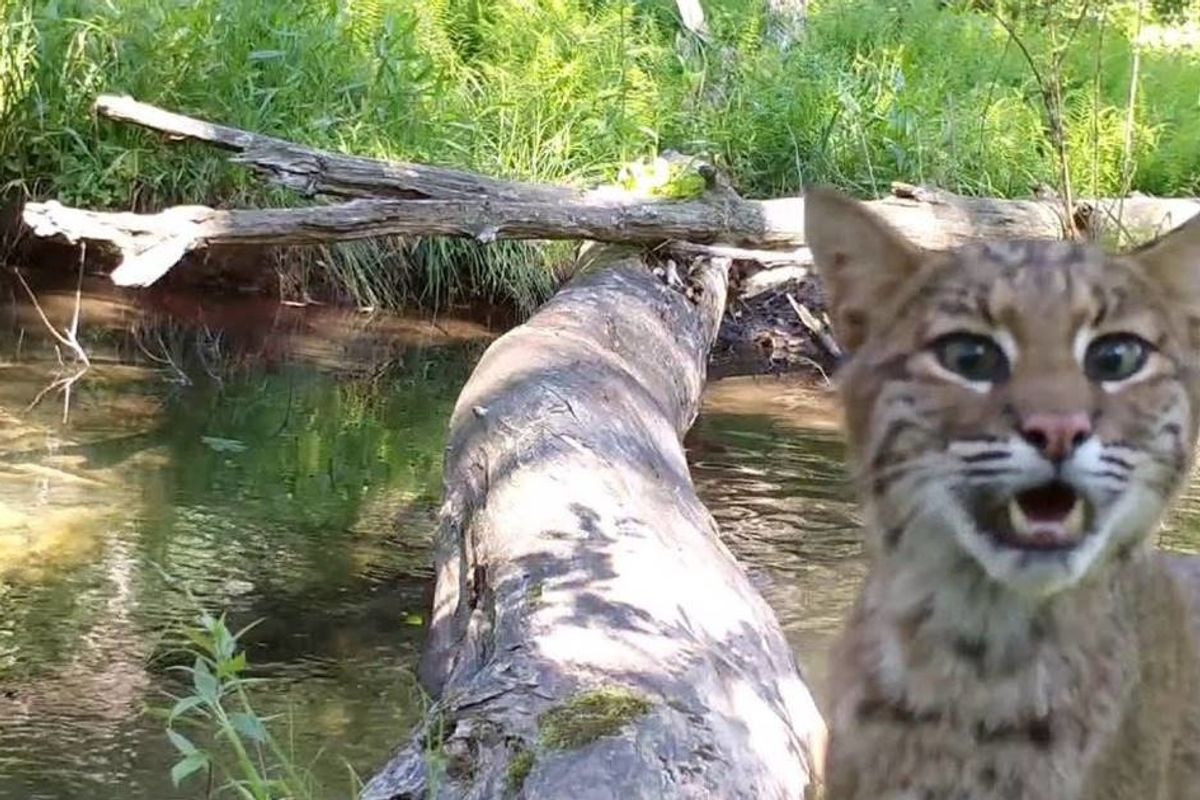Pennsylvania man's wilderness camera captures all walks of life crossing log bridge
There's something incredibly soothing about this video.

Robert Bush Sr. is an avid outdoorsman who runs an account called "Bob's Pennsylvania Wildlife Camera" shared on his Facebook and YouTube pages.
He set up a secret camera on a log that lays across a steam to capture footage of all the different animals that walked across it. The result is a relaxing video featuring all sorts of wildlife including a black bear, chipmunk, coyote, turkey, and great horned owl.
In the introduction to his Facebook page he captures his philosophy that is welcoming to all with a few ground rules:
"I love the outdoors and wildlife and I am not anti-hunting, this page is not about hunting and I will not post any hunting pictures or videos on this page, this page is about the wildlife in the mountains of Pennsylvania. Please do NOT post hunting pictures in the comments, and do not comment about killing the animals or about hunting at all, and do not bash hunters or talk about anti-hunting ... just enjoy the videos."
Well said, Robert. And now, on to the first video:
You may have noticed the video is called "The Log 2." Well, here's the original.
This article originally appeared four years ago.

